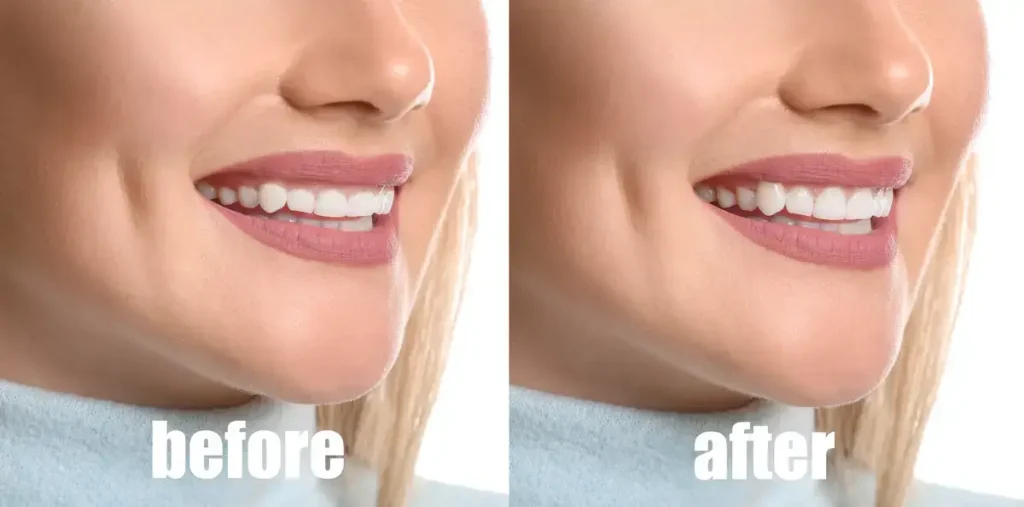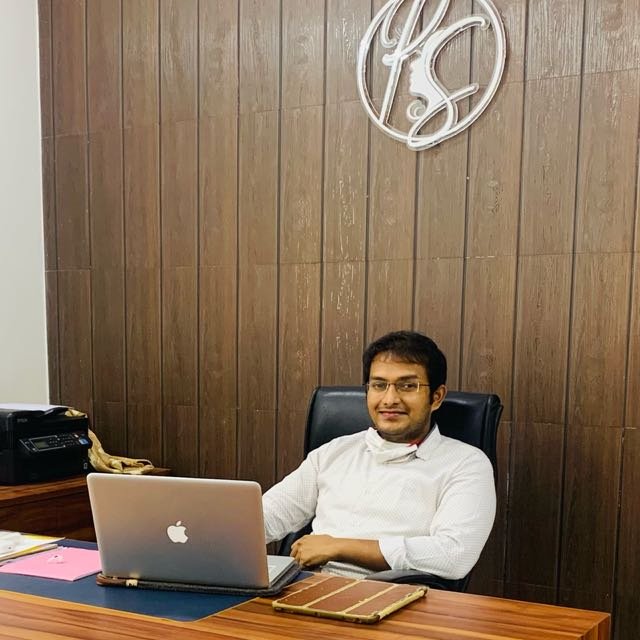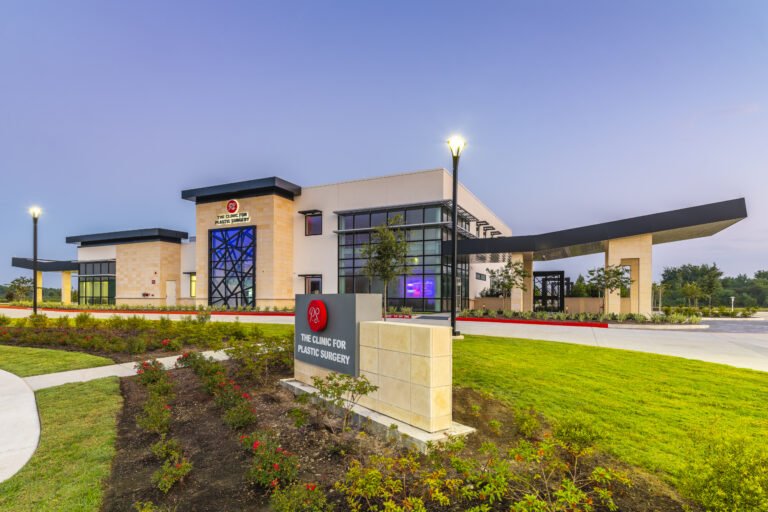Laser gum contouring has become a go-to solution for correcting uneven gums, reducing a “gummy smile,” and enhancing overall smile aesthetics. In Korea, where cosmetic dental procedures are renowned for their precision and safety, patients from around the world flock to receive treatment in state-of-the-art clinics.
Although laser gum contouring is minimally invasive, it is still a surgical procedure, and like any surgery, there are potential risks and complications—especially if performed by inexperienced providers or without proper aftercare.
This guide outlines how to minimize your risk and ensure a safe, complication-free experience when undergoing laser gum contouring in Korea.
🦷 Understanding Laser Gum Contouring
Laser gum contouring involves removing or reshaping excess gum tissue using specialized dental lasers such as diode, CO₂, or Er:YAG lasers. This method allows for:
- Less bleeding
- Shorter healing times
- High precision
- Minimal discomfort
While considered safe when performed correctly, complications can arise from poor technique, inadequate sterilization, or improper aftercare.
🔍 Common Complications to Avoid
Here are some possible side effects and complications if safety is not prioritized:
| Complication | Possible Causes |
|---|---|
| Excessive bleeding | Incorrect laser settings or lack of laser coagulation |
| Infection | Poor sterilization or improper post-op hygiene |
| Gum recession | Over-removal of tissue, exposing tooth roots |
| Uneven gum line | Lack of digital planning or rushed execution |
| Delayed healing | Smoking, poor nutrition, or underlying health conditions |
| Gum tissue regrowth | Incomplete removal or lack of bone contouring (if needed) |
✅ 10 Tips for a Safe and Smooth Laser Gum Contouring Experience in Korea
1. Choose a Reputable Cosmetic Dental Clinic
- Opt for clinics that specialize in aesthetic dentistry, not just general practice.
- Clinics in Gangnam, Apgujeong, and Sinsa are often home to Korea’s most experienced cosmetic dentists.
💡 Check for dentists with international certifications and board memberships in prosthodontics or periodontics.
2. Verify Laser Technology and Equipment
Ensure the clinic uses:
- FDA-approved or CE-certified laser systems
- The correct type of laser for soft tissue (e.g., diode or Er:YAG)
- Calibrated, regularly serviced equipment
⚠️ Outdated or improperly used lasers can cause burns, scars, or poor aesthetic outcomes.
3. Review Before-and-After Photos
- Ask to see case studies with gummy smile correction or asymmetrical gum fixes.
- Request to view images of international patients or people with similar gum types to yours.
📸 This helps gauge the clinic’s artistic skill and level of precision.
4. Ask for Digital Smile Design (DSD) Planning
Clinics that use DSD can:
- Simulate your post-treatment smile in 3D
- Help you understand how much gum tissue will be removed
- Reduce the chance of an uneven or unnatural result
✨ Digital previews ensure no guesswork during the procedure.
5. Disclose Your Medical History
Inform your dentist if you have:
- Gum disease or periodontal issues
- Blood clotting problems
- Autoimmune conditions
- Medications that thin the blood
📋 Full disclosure helps prevent complications like bleeding or infection.
6. Follow All Pre-Procedure Instructions
Your clinic may ask you to:
- Avoid alcohol, aspirin, or herbal supplements 3–5 days prior
- Brush gently and maintain oral hygiene leading up to surgery
- Eat a healthy meal the day of your procedure (unless sedation is used)
7. Follow Post-Op Care Religiously
Korean clinics typically provide detailed aftercare guidelines. Common advice includes:
| Do This | Avoid This |
|---|---|
| Use prescribed mouthwash (chlorhexidine) | Smoking or vaping |
| Eat soft, lukewarm foods | Spicy, crunchy, or very hot foods |
| Sleep with head elevated | Vigorous brushing near the treated area |
| Attend follow-up visits (if staying in Korea) | Ignoring signs of infection |
🦠 Swelling, pus, severe pain, or fever should be reported immediately.
8. Avoid Over-Treatment
Removing too much gum can expose sensitive roots or lead to long-term sensitivity and recession.
Ask your dentist:
- How much gum tissue will be removed
- Whether any bone contouring is needed
- If the reshaping is reversible (usually, it’s not)
9. Request Antibiotics or Pain Relief, If Needed
Not all patients require antibiotics, but they may be prescribed if:
- You had extensive tissue removal
- You are prone to infections
- You plan to fly soon after the procedure
Most clinics will also offer:
- Anti-inflammatory medications
- Topical healing gels
- Ice packs for initial swelling
10. Choose Clinics with Multilingual Support
International patients should select clinics that:
- Have English-speaking dentists or coordinators
- Offer consultation by video before travel
- Provide aftercare instructions in your language
🌐 Clear communication reduces risk and helps with compliance.
🌟 Why Korean Clinics Excel in Patient Safety
| Korean Clinic Advantage | How It Helps Prevent Complications |
|---|---|
| Advanced laser systems | Precision treatment with minimal trauma |
| Aesthetic design planning | Symmetrical, artistic gum shaping |
| Clean, accredited environments | Lower infection risk |
| Bilingual care teams | Better patient education and recovery compliance |
| High-volume experience | Skilled in dealing with various gum anatomies |
🧭 Final Thoughts: A Safe Smile Starts with Smart Choices
Laser gum contouring in Korea is safe and highly effective when done in the right clinic with proper aftercare. By taking the time to:
- Choose a certified cosmetic dentist
- Follow safety protocols
- Communicate your health history and concerns
…you’ll dramatically reduce the risk of complications and enjoy long-lasting, beautiful results.
✈️ Need Help Finding a Safe, Accredited Korean Clinic?
I can help you:
- Compare top-rated clinics with English-speaking staff
- Match your aesthetic goals to experienced dentists
- Receive pre-visit consultations and post-op care plans



